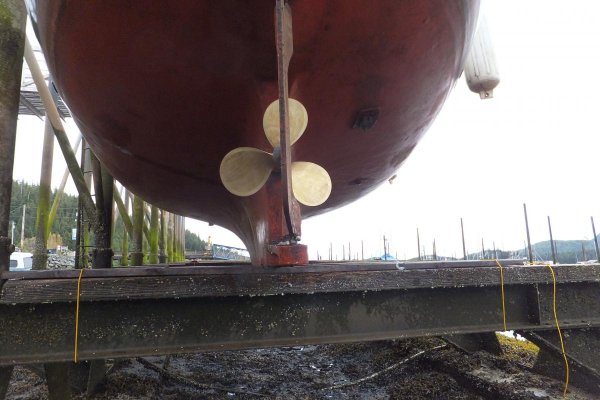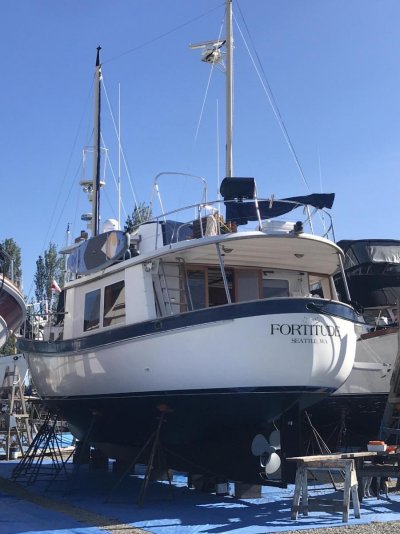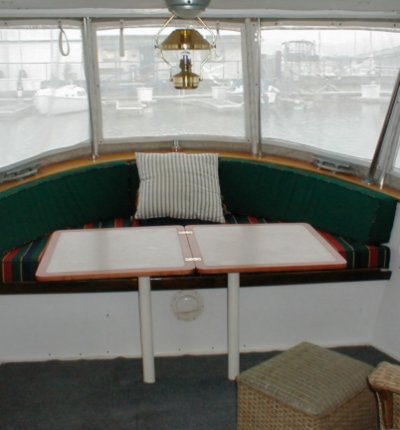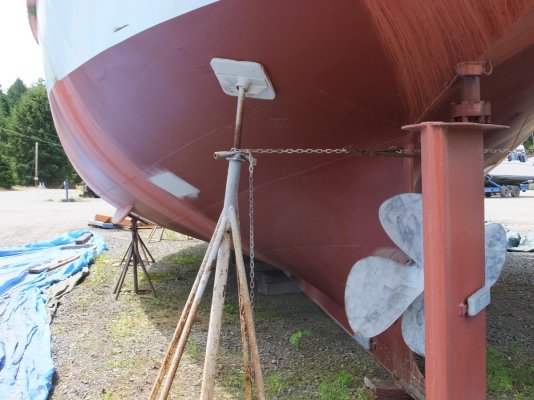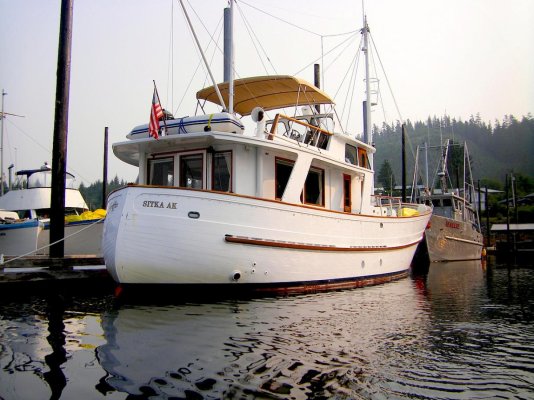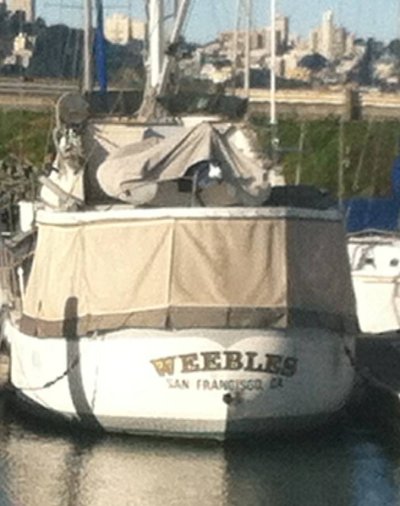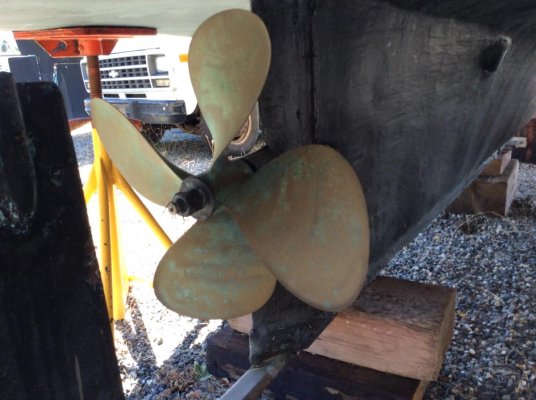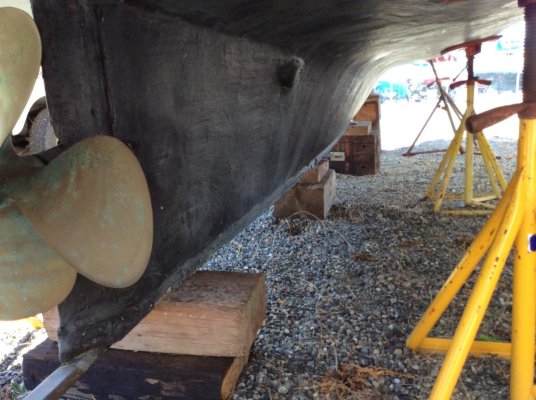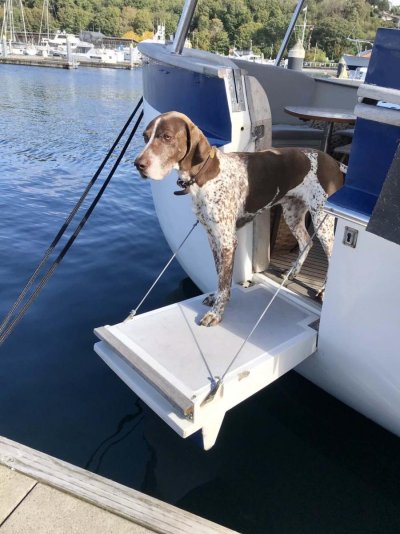Nomad Willy
Guru
This is from the thread “Will trawlers disapear?”
socal,
A canoe stern is not much different than a run-of-the mill sailboat stern. So providing a canoe stern on a sailboat is a very insignificant difference. So style could be a resson to do it.
But on a trawler it’ significant to say the least. First off most trawlers are SD hulled boats and one almost needs a SD hull for a canoe stern.
Dan wrote;
“Is it correct to say, canoe stern do not like following seas?“
Very incorrect. Basically it’s the best stern for following seas.
I once asked someone who should know the same question and he said ideally the best hull for stern seas would be when both ends looked just the same.
I don’t know how many will relate to this but a double end boat at an angle to stern seas will nest into two crests and a trough w the w the port bow resting on the face of a wave ahead and the stern nesting on the stbd stern quarter of the wave aft. Think about it.
With the stern at an angle with a big box corner sticking out or trying to be inside that stern wave a lot of lift will occur and twist the boat .. anti- clockwise. This will push the stbd bow into the wave but little lift will occur at the corner because of the pointy shape. Boat is experiencing heavy anti-clockwise roll input. W/o lift fwd and to stbd the aft port corner will lift easily and smartly rotate the boat for a nice beginning of an anti-clockwise capsize falling to port into the trough.
But with a canoe stern the same scenario above would not promote boat rotation promoted by the port stern corner as in above. And thus w both corners much the same (in shape) only small amounts of lift will occur AT EACH CORNER. So far less rolling forces will be acting on the boat. So there’s little rolling .. depending on specific design.
socal,
A canoe stern is not much different than a run-of-the mill sailboat stern. So providing a canoe stern on a sailboat is a very insignificant difference. So style could be a resson to do it.
But on a trawler it’ significant to say the least. First off most trawlers are SD hulled boats and one almost needs a SD hull for a canoe stern.
Dan wrote;
“Is it correct to say, canoe stern do not like following seas?“
Very incorrect. Basically it’s the best stern for following seas.
I once asked someone who should know the same question and he said ideally the best hull for stern seas would be when both ends looked just the same.
I don’t know how many will relate to this but a double end boat at an angle to stern seas will nest into two crests and a trough w the w the port bow resting on the face of a wave ahead and the stern nesting on the stbd stern quarter of the wave aft. Think about it.
With the stern at an angle with a big box corner sticking out or trying to be inside that stern wave a lot of lift will occur and twist the boat .. anti- clockwise. This will push the stbd bow into the wave but little lift will occur at the corner because of the pointy shape. Boat is experiencing heavy anti-clockwise roll input. W/o lift fwd and to stbd the aft port corner will lift easily and smartly rotate the boat for a nice beginning of an anti-clockwise capsize falling to port into the trough.
But with a canoe stern the same scenario above would not promote boat rotation promoted by the port stern corner as in above. And thus w both corners much the same (in shape) only small amounts of lift will occur AT EACH CORNER. So far less rolling forces will be acting on the boat. So there’s little rolling .. depending on specific design.
Last edited:

